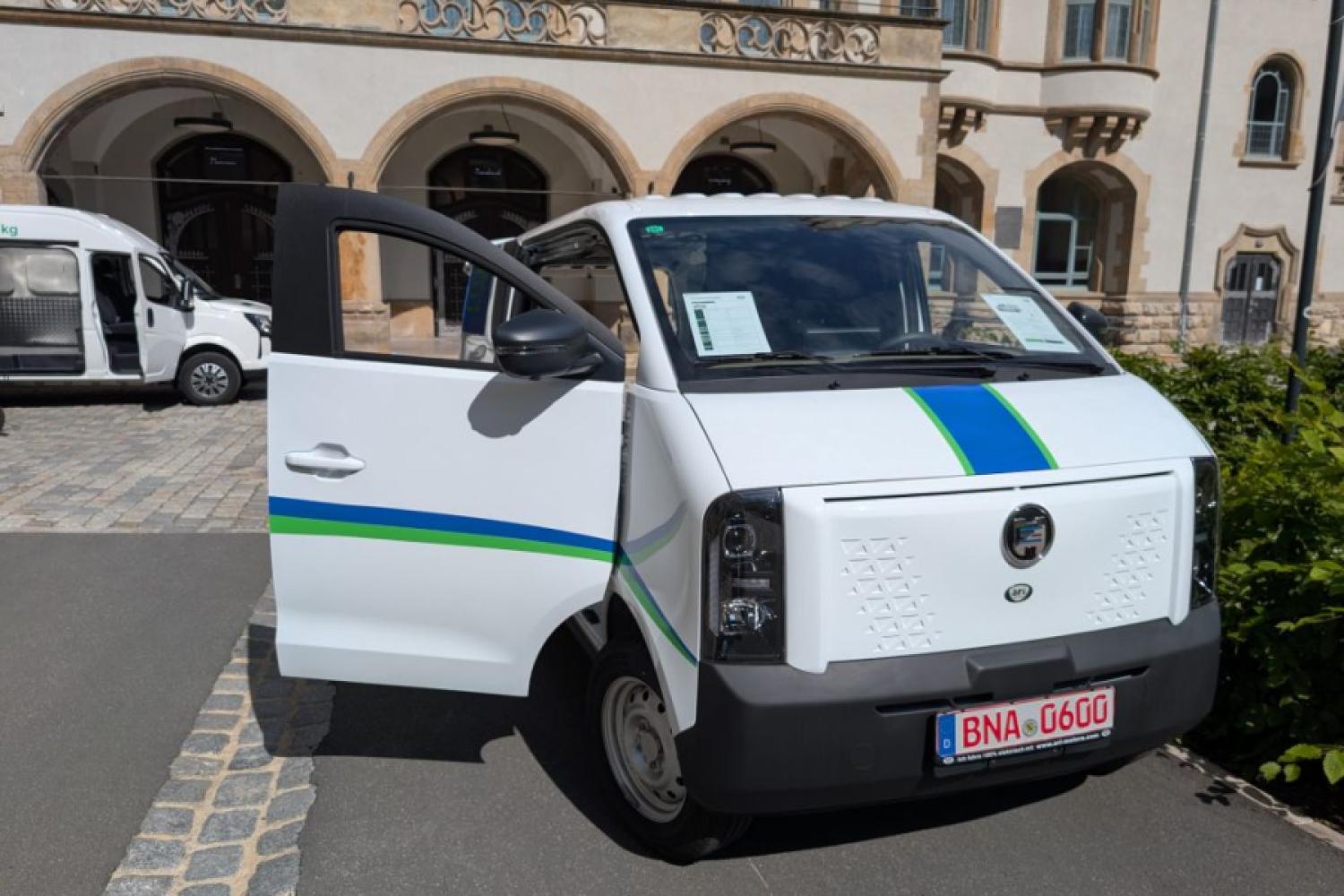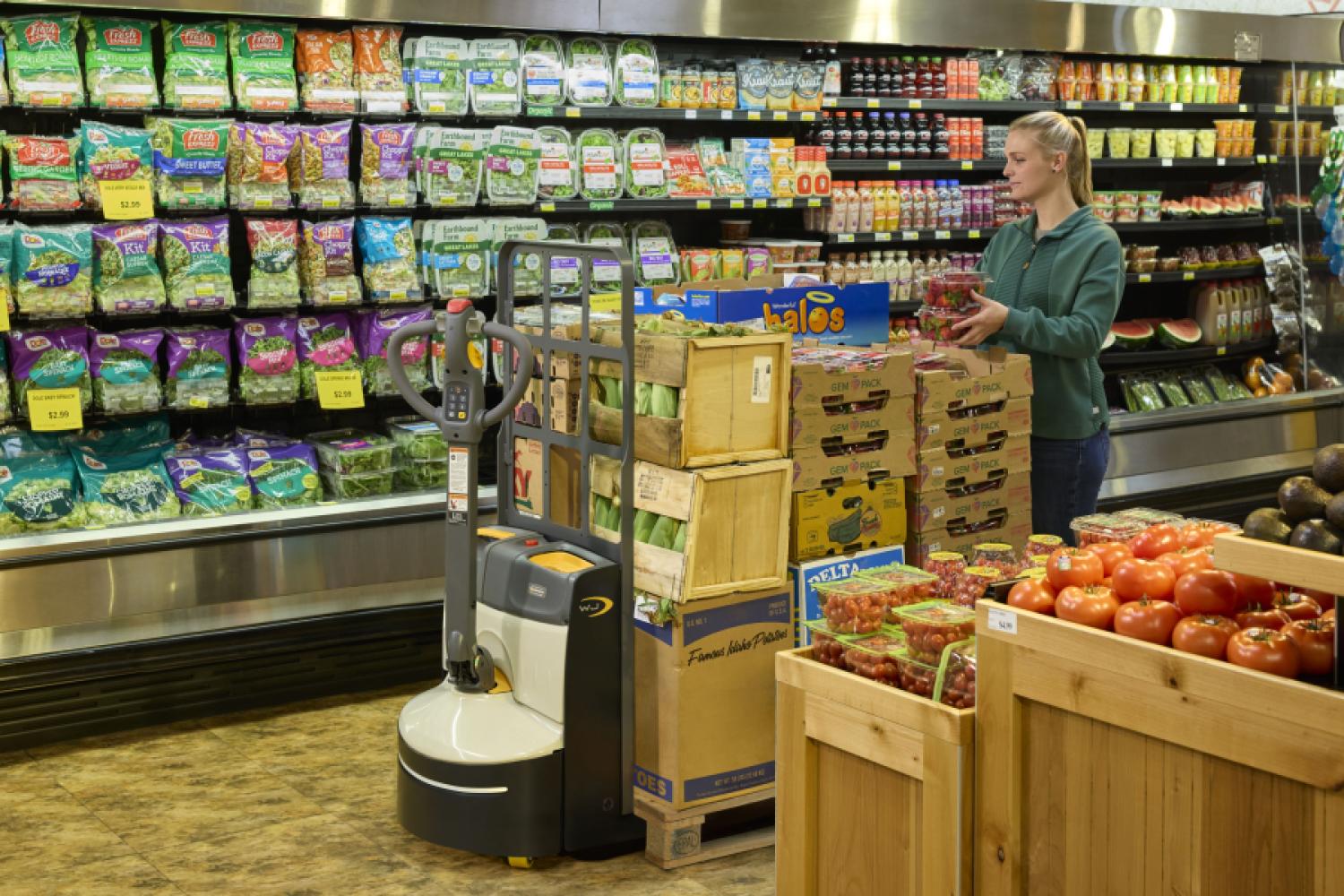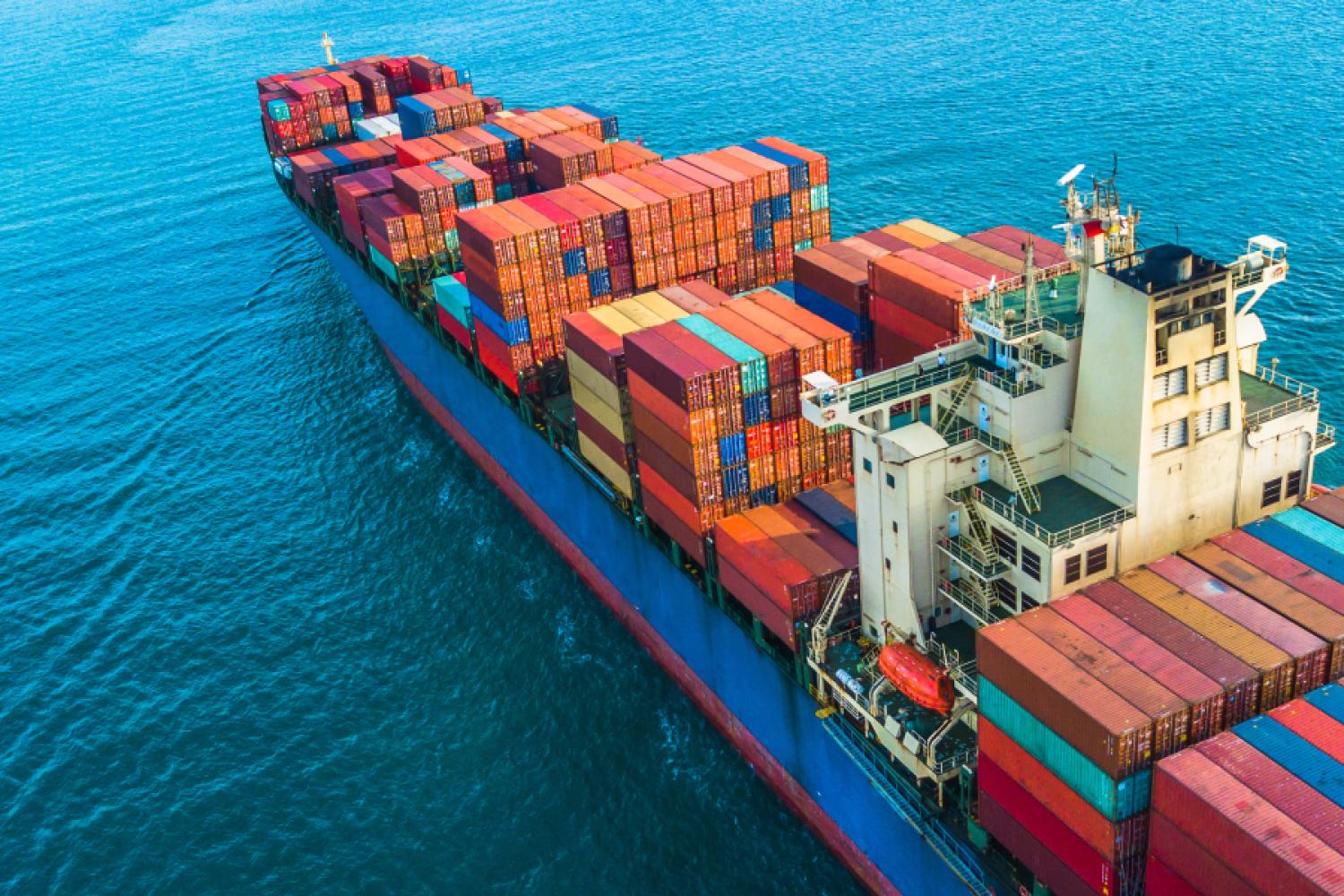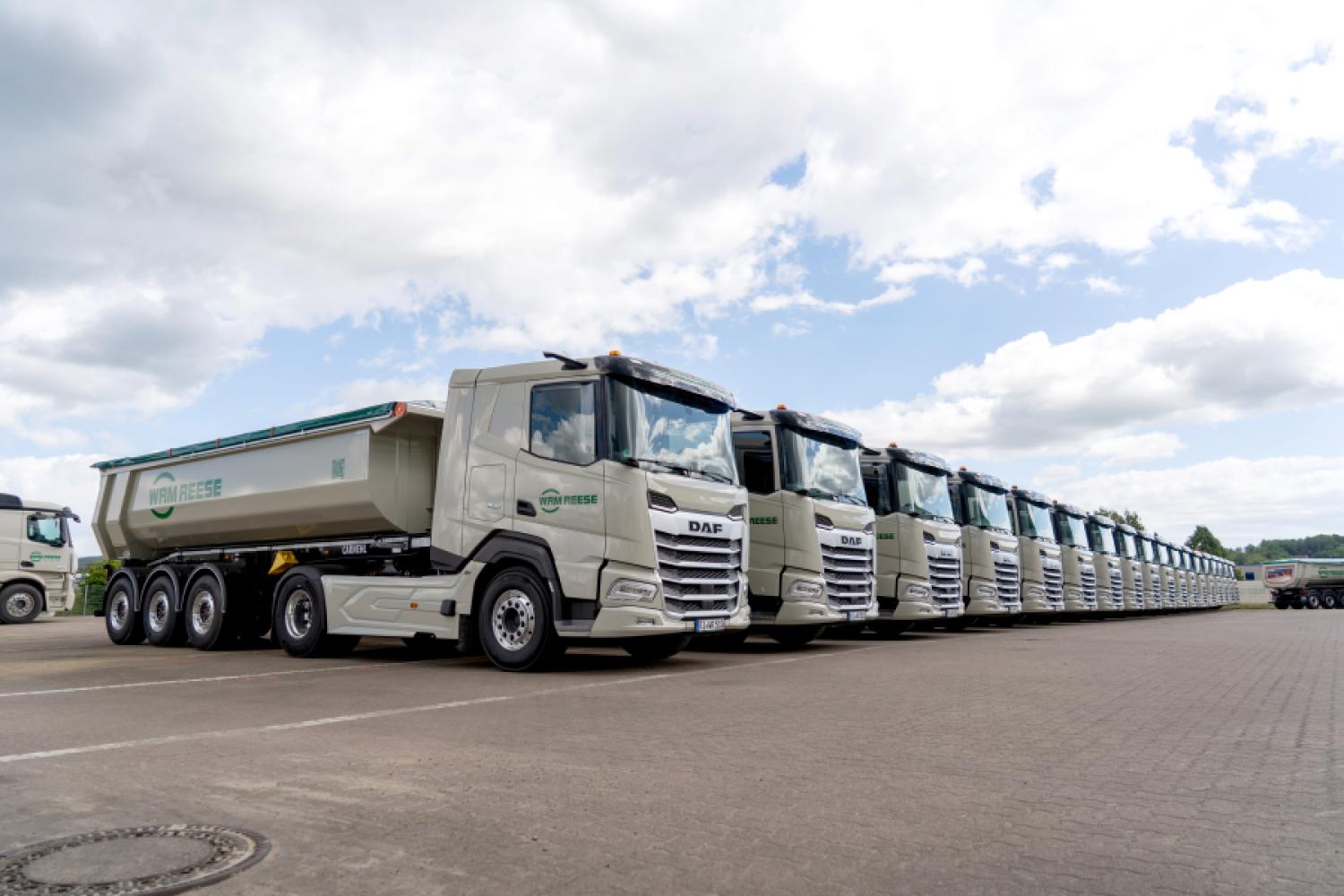The Council of the European Union agreed on June 17, 2025, on a revision of the regulation dealing with the disposal of end-of-life vehicles (ELV: End-of-Life Vehicles Directive). The Berlin TÜV Association considers this step a "strong signal" for Europe's environmental and economic standing in an environment of increasingly scarce resources: with it, the EU assumes an international pioneering role in building a functioning circular economy. According to the inspection company, the regulation ensures that environmental goals can actually be implemented. Robin Zalwert, advisor for sustainable mobility at the TÜV Association, says about the regulation, which still needs to be coordinated between the Council, the EU Parliament, and the EU Commission:
“Interoperability, data quality, and security against falsification must be ensured, especially in the planned Digital Circularity Vehicle Pass.”
The Digital Circularity Vehicle Pass (CVP) is based on a proposal by the European Commission from 2023. Comprehensive data collection of all characteristics such as material, design, and environmental factors over the entire lifespan of the vehicle is intended to create the greatest possible transparency, allowing the implementation of an automotive circular economy. This "digital vehicle pass" is then expected, as the Swiss World Economic Forum (WEF) reported at the beginning of 2024, to eventually replace the ELV Directive.
More Plastic Content
Accordingly, with the new ELV regulation coming into force, the “future recycling” is considered already in the vehicle design. This approach, as reported by the Technical Inspection Association, which, according to its own information, represents the political interests of the TÜV inspection organizations and operates its own branch in Brussels
to provide technical support for new legislative projects, is practically entirely new. Another component of the new regulation is the requirement to gradually increase the proportion of recyclates, i.e., already recycled materials, but “especially plastics.”
“With these regulations, the EU sets clear incentives for a circular economy in the vehicle sector. At the same time, the framework specifically strengthens innovations in high-quality recycling – a key technology with which materials can be recovered in original quality and reused industrially,”
reads the TÜV press release.
Old as Good as New
However, particularly high standards must be applied here according to the experts: For materials that are recycled for the second time, the same standards must apply as for new products, as they would otherwise not be able to establish themselves on the market, says Zalwert:
“For recyclates to find long-term acceptance in the market, they must meet the same quality and safety requirements as new goods. A two-tier system of high-quality new materials and inferior recyclates must not emerge.”
Independent third-party material inspections are supposed to ensure that these requirements for the same standards for recycled materials as for primary materials are also met, thus creating the necessary trust among industry and consumers.
EU Takes the Lead
With the ELV regulation, the circular economy in the automotive industry reaches the next higher level, according to the TÜV Association – together with the already adopted EU Battery Regulation, which sets "mandatory recycling rates for critical raw materials like lithium, cobalt, nickel, and lead" from 2027. Both legislative texts are intended to serve as
the foundation for “a sustainable and resource-efficient vehicle sector.” The EU is assigned the role of the worldwide pioneer in this regard.
Much Remains to Be Done
However, according to the inspection experts, there is still some need for action before this becomes a reality, primarily based on the following three aspects:
1. Introduction of standardized testing procedures
Fixed testing procedures for recycled plastics, metals, and critical raw materials are needed for quality assurance, origin, and quantity verification.
2. Introduction of the latest data technology
The vast amounts of vehicle data must not only be machine-readable but also handled securely against manipulation. According to the experts, this issue, which also pertains to cybersecurity, poses new requirements for data structures, interfaces, and authenticity testing.
3. Manufacturers must ensure transparency
According to the TÜV Association, a safe and trackable dismantling of components such as batteries or "safety-relevant" parts requires “clear testing and traceability rules” – and manufacturers are responsible for ensuring this.
A further advantage besides an improved circular economy is that the regulation “strengthens Europe's strategic resource independence.” According to Zalwert, this means not only reducing emissions and decreasing environmentally damaging extraction of raw materials but also becoming less dependent on “critical imports” which are observed, for instance, with rare earths or specific battery raw materials.
Bundling Data
The sustainability aspect is also achieved by linking vehicle exports to technical inspections according to the EU Directive 2014/45/EU (PTI Directive, Periodical Technical Inspection). The report states: “It ensures that no unroadworthy vehicles can be exported from the EU anymore – a benefit for
air quality, road safety, and the protection of people in receiving countries.”
The TÜV Association also anticipates further possibilities for data usage by demanding that the planned digital vehicle pass (CVP), which includes all features of the vehicle, also incorporates the current data from regular main inspections (HU).
Next up are the trilogue negotiations between the Council, EU Parliament, and Commission for the definitive implementation of the ELV Directive. The TÜV Association considers it its task to provide technical support for this. However, the association, which has six TÜV members in Germany, is also connected with other organizations working, among other things, on optimizing the circular economy: they are, for example, developing a conformity assessment program under the Global Battery Alliance to “enhance the reliability of the digital pass and accelerate its implementation.” The goal here is to secure the ambitious sustainability targets “through reliable and verifiable standards” – ultimately for the protection of consumers and the environment as well as to promote innovation.
Background
In July 2002, the Act on the Disposal of End-of-Life Vehicles (AltfahrzeugG) came into force in Germany. In the name of environmental protection and with the inclusion of all economic stakeholders involved with the lifecycle of vehicles, the regulation aimed to prevent vehicle waste and redirect usable components for recycling or “other forms of recovery of end-of-life vehicles and their parts.” In July 2018, a revised regulation came into effect, considering “changed requirements at the European level,” particularly relating to extended producer responsibility. The ELV Directive is intended to serve as a revision of this regulation.






